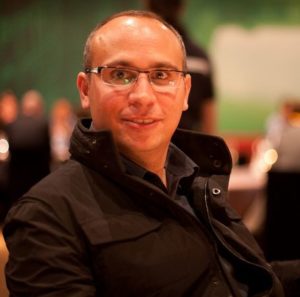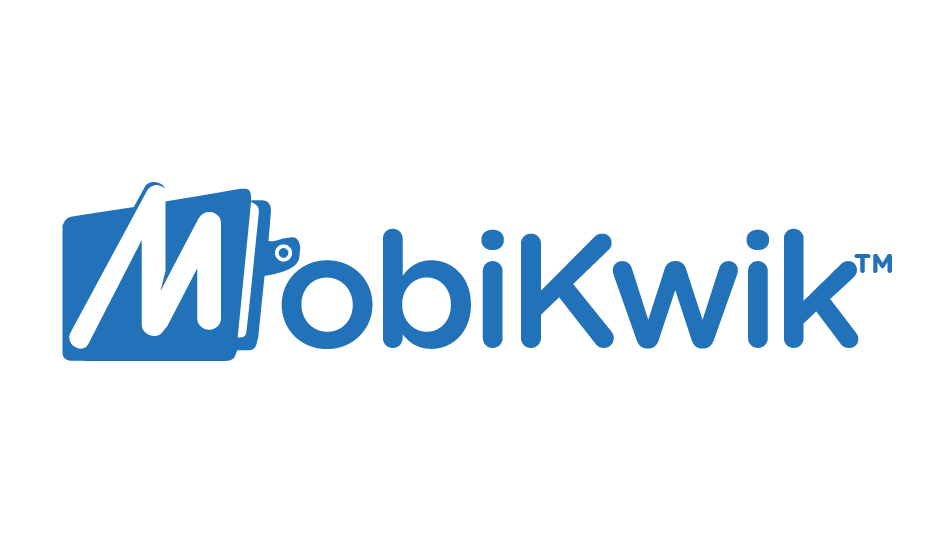The Success Story of Michael Qiu, the Co-founder of SHAREit
When a software or a product is launched in the market, within a span of one or two years, a handful of the modified versions of the same are also released. This means we get technically outdated before we can explore every aspect of a product properly. So, in this era of digital phase, it becomes important for everyone to get smarter and use smarter tools to keep up with the fast-moving world.
For example, in the beginning, when smartphones just started heating up the market, we used Bluetooth to share files, such as the pictures, audios, videos, etc. But with time, Bluetooth was replaced by applications like SHAREit. SHAREit is an offline file transferring tool that works with speed 200 times more than the Bluetooth and Near-field communications.
SHAREit was founded in April 2015 with Michael Qiu as the co-founder and CEO of the company, SHAREit Technologies Co. Ltd. Whether it is an image, an audio file, contacts or even an app, one can send anything with the help of this amazing tool.
Lenovo and SHAREit

SHAREit was a product developed under Lenovo apps and at first, got introduced in the markets of China, before any other country. After its launch in India in 2013, it became one of the most efficient wireless file transfer tools. Within a year of its launch, SHAREit bagged 150 million Indian users and 500 million users around the globe. Within one year, SHAREit was already available in 30 different languages, and today, it supports over 45 languages. Apart from android, the SHAREit app is also available for both Windows and iOS.
After receiving a huge number of users from India, Qiu wanted to invest more in the Indian market rather than the Chinese market. Since India is a developing country, he saw a lot of scope for the future in India, rather than in China or any other nation. So, after a year of the launch of SHAREit in India, Qiu announced the opening of a new SHAREit office in Gurgaon in 2017.
At the same time, the company also focused on launching the series of ‘it’ products, which included LOCKit, CLONEit, CLEANit, WRITEit, etc.
Strategies of Qiu to deal with Indian start-up ecosystem
Qiu mentioned in an interview that after China and the U.S, it is India that is leading in the start-up community of the world. But, belonging from the start-up culture of China, initially, it was a bit tough for the SHAREit team to understand the business environment of India, as India is so diverse ethnically.
So, the first strategy of Qiu to grow firm roots on the ground of India was to create a simple tool that would bind the entire country’s smartphone users to a single thread. And, the second strategy was to invest more in India as technology here is developing at a remarkably fast rate.
Since India is a developing country, companies from developed nations try desperately to expand their business in India, which makes it a place of demand and also increases competition among different nations. But, Qiu being enough confident about his strategies, and how to deal with the business ecosystem of India, succeeded both on establishing a firm grip on our market and bridging the gap between two different cultures.
The team also focused on building a very simple and easy-going user interface, with no learning cost. And, when it comes down to publicity, they shared about their products on websites, like Quora and Facebook, the ones mostly used by the Indians.
Success of SHAREit
Today, SHAREit has reached beyond just India and China, with its wings spread over in more than 200 countries. In India, apart from Gurgaon, it also has its office in Bangalore, the Silicon Valley of Asia. According to recent statistics, SHAREit has more than 1.8 billion global users, among which, 33% of the users are from India and Indonesia.
Currently, it is the leading platform for digital content throughout the world and is considered as the ‘Nationally Favored App’ in many countries.
Future Plans of Qiu
Qui learned that Indian start-ups lacked infrastructure, so he, and his team, planned to build a foundation for investing in the Indian start-ups. His plans are more than just expanding the user base of SHAREit, thus, building a strong relationship with the Indian start-up community. He is willing to offer everything which is lacking in Indian start-up society, and the government is unable to provide. And, above everything, he is keeping his product simple and efficient.

Annasha Dey is an NIT student, who apart from studying engineering is also a content writer. She has a great interest in photography, writing, reading novels, and travelling as well. She is a foodie who loves socializing and hanging out with her friends. She is also a trained Kathak dancer and a big fashion enthusiast. Dey also loves watching TV series, which includes F.R.I.E.N.D.S. and Big Bang Theory. To be a better writer she prefers to read more










